Divilacan, Isabela. This part of the Philippines, so beautifully raw in its remoteness, is where I had my first (and hopefully not last) sincere encounter of this country’s first inhabitants. I have had several brushes with indigenous people before in my parent’s birthplace of Surigao, but I was naive and quite indifferent back then. Partly because of my age. I was young and couldn’t have cared less with what was happening around me. Also because no one really properly explained the indigenous peoples existence to me. In short, my idea was that they did not belong, that they lived in the mountains and wore nothing but g-strings. For someone who didn’t know any better, that picture in my mind of almost naked men and women conjure an image of a crazy group of people. The way they were treated by the “civilized” group did not help either.
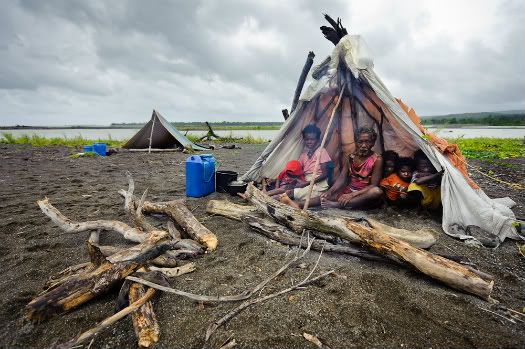
I carried that thought with me for a long time until this journey to Isabela took shape. My husband Jacob, a former Peace Corps volunteer assigned in Palawan and now a full-time photographer has always shown interest in covering indigenous people. When he proposed the idea of traveling to one of the most remote parts of the country in the hopes of working with a native tribe I had my hesitations. I had thought such groups did not exist anymore. Not necessarily physically non-existent but that they have lost their so to speak “indigenousness.” The Mamanwas in Surigao have been heavily influenced by the large mining companies surrounding them. They have learned to ask for money. They have learned to love money. Even when you approach them and politely ask if you could take their portraits, they will ask for money. Everything now has a price tag for them.
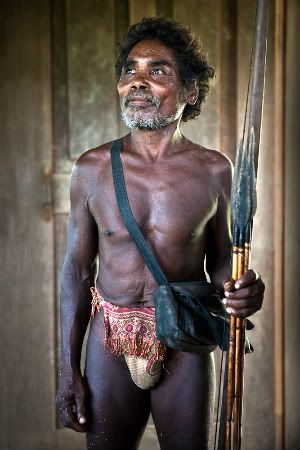
Good thing he was relentless in telling me how much he needed me there (to perform various tasks – as interpreter, organizer, luggage carrier, etc.). Boy, am I glad I went else I would have missed so much relearning who I truly am. A Filipino. The Filipino. And I saw an abundance of that in these Dumagats and Agtas that we met and later befriended. Everything is still fresh in my memory up to this day – the loveliness of the people, the simplicity of life, nature and man supporting each other, depending on each other. Money has little or no value at all. It took me back to a world hundreds of years ago and at the same time, took me back inwards. I only have to think of them and I get my jolt of inspiration when I need it.
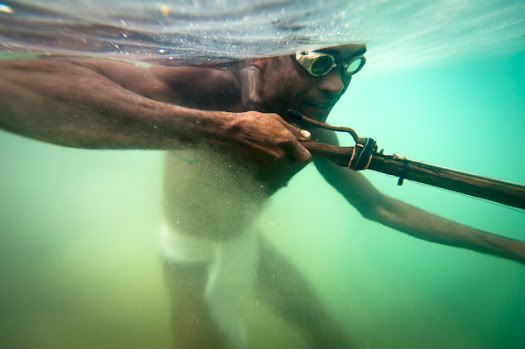
I have always been a proud citizen of this country despite the negative images oftentimes portrayed by fellow citizens. That one particular trip however, made me even prouder. Because I have found my roots. As authentic as it can ever get. And it is a beautiful culture, a beautiful world.Unfortunately, a constant threat is hovering over these people and their land, and time may come when everything about them and their way of life will change. Big businesses, always on the look-out for more resources can barge in at any time. Likewise, if the Dumagats or Agtas wanted a ‘better life’ outside of their place, they would have long been gone. But they are there simply because they want to remain there. That is their land. That is their way of life. This very idea of ‘modernizing’ them breaks my heart. If and when that happens, what I’ve seen and come to love will surely vanish. No doubt, I will also lose a huge chunk of myself.
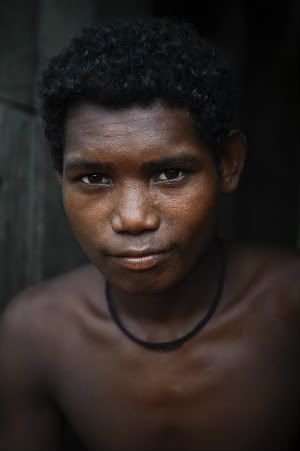
With such thoughts on our minds upon returning home, Jacob and I came up with an idea to bring about awareness to these cultures. We know that not everyone is familiar of them and their existence. It is a very modern world we live in, but we believe that this project can greatly benefit us, our children and our children’s children. That through photographs, we may always have something to look back with regards to our heritages. With pride.
May it never be lost.
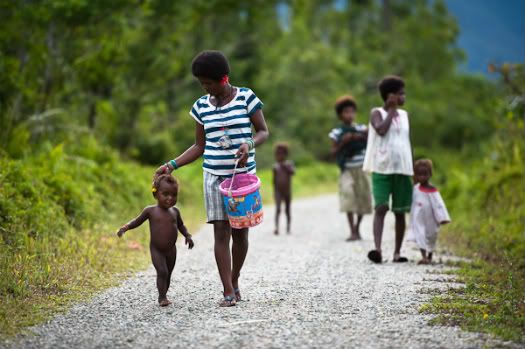
You can read more about the Katutubong Filipino Project that we have initiated at www.katutuboproject.org. We also need help in spreading the word about our Kickstarter campaign which is helping to raise funds for the Katutubong Filipino Project. Please take some time to watch our video and help us spread the word: http://www.kickstarter.com/projects/869942434/katutubong-filipino-project-vanishing-indigenous-c
TweetShare
This page was viewed times.

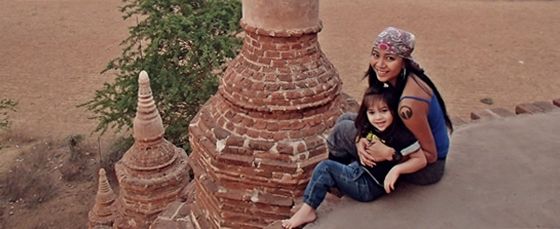
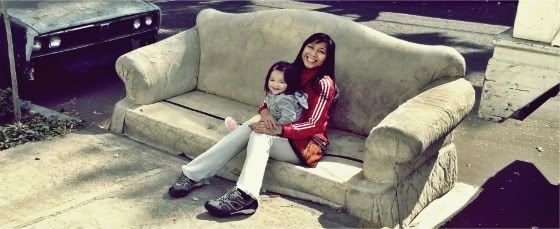




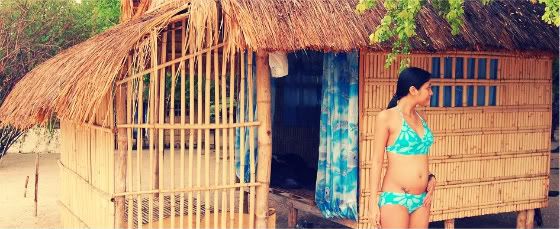











18 comments:
January 4, 2012 at 12:52 PM
I love the photos! Grabe it gives out life to our brothers and sisters whom we sometimes ridicule. I love the way you write it too Gaye.
God bless
January 4, 2012 at 1:05 PM
It's a guest post Doc Wends. Hope you share the article and the project :)
January 4, 2012 at 2:32 PM
Are they actually living in the makeshift or those were built alongside as a resting place while gathering woods and fishing?
Because if they do lived on those things then rest assured they are not living in simplicity but in vain. I wish there's something our country can do for them.
On my personal though, I really like this article and the photos. ^_^
January 4, 2012 at 3:18 PM
great post:) a must spread indeed!!
January 4, 2012 at 4:48 PM
Thanks again for posting this Gaye. :)
Hi Glen...these are the houses of the Dumagat people and they do live and sleep in there. Actually, they are nomadic people and therefore choose to have this style of home. It provides them mobility, so they can transfer from place to place.
We also asked the same question during our visit there, trying to understand why they would choose this small living space when they could build more permanent sturdy structures. I think it's sometimes hard for us to understand why one would like to live this way. I know I have difficulty comprehending this at times. However, after spending some time with the Dumagats we came to realize that they are very happy people and want to live off of the land and practice a lifestyle they have done for centuries. This is the way of life that they know and choose to live. I think it's great that there are still places like this in the Philippines where indigenous peoples can practice their more traditional ways of life. Yes, these people are monetarily poor, but much richer than a lot of people in many ways. If this project is successful, I will be able to share with you many more stories from all around the country. I think this is a great opportunity for us to help bring about a larger awareness of Filipino indigenous peoples.
Normally their shelter is made from native nipa material, but after typhoon Juan hit in 2010, totally destroying the area, the Dumagats decided to use tarps provided by World Vision. Some of the Agta people also decided to use metal roofs on their homes as well. We were told by many of them that they were very scared during the storm and that's why they opted use the metal roofs now.
January 4, 2012 at 8:15 PM
Great photos! I like this post!
January 5, 2012 at 12:22 AM
Thanks Jacob for answering Glen's question. It was my pleasure to have this article published here.
January 5, 2012 at 1:33 AM
wow.beautiful
January 5, 2012 at 2:03 AM
great photos! ang ganda... love the article, too :)
err, guest post ^_^
January 5, 2012 at 3:09 AM
my mouth gaped open looking at these beautiful portraits! i mean, wow! and the story that comes with it is as beautiful. more power to their cause! :)
January 5, 2012 at 2:49 PM
This was a very nice entry. I can fully remember if I ever met any Dumagat's in my younger days from school exposures. But this entry of yours helped me remember our Dumagat brothers and sisters.
I hope your project will be successful. Already tweeted and shared on my FB on this. Would also like to repost it on my blog site but I don't know how.. Anyway, kudos you guys!!
January 5, 2012 at 2:58 PM
Thanks for spreading the word Axel! I could ask Jacob if we can have it posted to your site as well, however, I can't seem to find an email where I could send you a message :(
January 5, 2012 at 11:48 PM
this is a priceless guest post Gay. ive seen this place featured one time in a documentary. made me really want to go there.
thanks for sharing. a milestone.
January 5, 2012 at 11:49 PM
Like I always say Dong, take me with youuuuu!
January 6, 2012 at 8:58 AM
Ga-ye. I am just confused with the native term, Dumagats and Agtas? Agtas or Aetas? In bukidnon, these Aetas called us as Dumagats. During one of my travels in the interior part of Bukidnon, like San Fernando, Bukidnon, when I greeted them "good morning brothers", they replied, maayong buntag Dumagats (Good Morning Dumagat). They called settlers in Bukidnon, like Cebuanos, Ilokanos, Hilonggos, etc, as Dumagats. I think these people are Aetas in Surigao. They are not Dumagat. Correct me if I am wrong.
With regards to the cultural preservation that includes their lands, there are lots of NGOs who are into this kind of supporting these people. And some of the volunteers of these NGOs are members of the tribe where they belong, like Talaandig Tribe in Bukidnon. One of the movers of the NGO is one of their leaders (datus) or leaders were they get involved with the NGOs activity.
With regards to asking money.
This project should be supported, in my own assessment.
The image or photo above is just their temporary shelter. They live in an indigenous houses a little far from the body of water.
Truly, it is indeed a vanishing world. Marami nito sa Pampanga, di ba?
January 6, 2012 at 10:42 AM
I myself am naive about indigenous peoples, Kuya Bonz. The stuff I know about them, I only learned in primary school and that knowledge clearly ain't enough. I reckon that's the main purpose of this project, for us to learn the facts. It's good that even ordinary people take the initiative to save this vanishing world, but the government should do their part to. At the very least, support NGOs.
January 11, 2012 at 5:17 AM
Great post and a very noble endeavor
May 9, 2012 at 3:45 PM
Great post. Thank you for sharing this with us! :)
Post a Comment